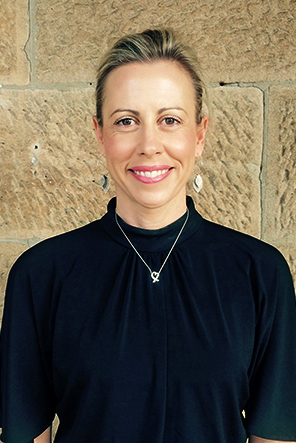HEIDI DOUGLASS | h.douglass@unsw.edu.au
The prevalence of incidental findings, or unexpected abnormalities, on brain imaging scans from twins over the age of 65 has been assessed by researchers from the Centre for Healthy Brain Ageing (CHeBA), UNSW Sydney. The findings were published in the July edition of the journal, Brain Imaging & Behavior.
While twins are frequently targeted for research, to date there has been no investigation into incidental findings among this cohort. The severity of abnormalities varies significantly, from benign cysts and bony lesions, to tumours or vascular pathology such as strokes. For a small proportion of individuals, the findings warrant further evaluation and potential treatment, which can be costly and anxiety-provoking.
“Incidental brain findings are common, affecting approximately 2.7% of the population, but the rate significantly increases with age,” said lead author and CHeBA PhD student Dr Rebecca Koncz. “Our study identified incidental findings in 11.75% of participants.”
The researchers examined brain magnetic resonance imaging (MRI) scans of 400 participants from CHeBA’s Older Australian Twins Study. The most common finding was hyperostosis frontalis (a benign thickening of the frontal aspect of the skull) in 2% of participants, followed by meningiomas (a type of tumour arising from a layer of tissue that surrounds the brain and spine; 1.5% of participants) and lipomas (a non-cancerous deposit of fatty tissue; 1.25% of participants). Four twin pairs (all identical twins) had the same abnormality in their co-twin. A total of 12 (3%) participants needed to be referred for further evaluation.
Markers of cerebrovascular disease, or disease related to blood vessels in the brain, were also examined separately. Non-acute strokes (cortical infarcts) and mini-strokes (lacunes) were found in 2.75% and 5.5% of twins, respectively, which is at a rate that is comparable to the general population. White matter disease was found in more than two-thirds of participants.
Co-author, CHeBA Co-Director Professor Perminder Sachdev said the study had wider significance for practitioners, researchers and consumers.
“Given their prevalence, the development of clear guidelines for the management of incidental findings is recommended,” said Professor Sachdev. “Clinicians and researchers should also be aware of the potential implications for the co-twin when ordering a brain scan for participants.”
Media enquiries: Heidi Douglass, h.douglass@unsw.edu.au | +61 435 579 202, +61 2 9382 3398









